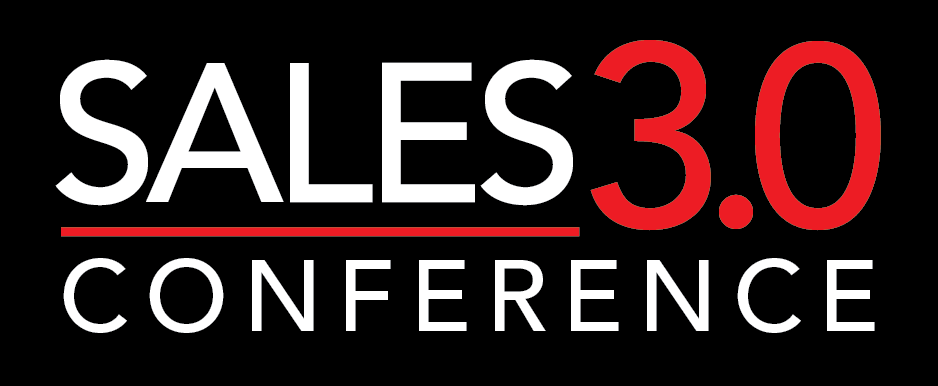At VantagePoint Performance, we observed the adjustments our clients made in 2020 with the curiosity of a researcher and the concern that every serious provider of education and training should have for all of their clients.
Everyone pivoted to virtual selling.
Everyone asked for advice on how to do it.
We read countless papers and posts and watched videos about virtual selling. Some were great. Some seemed rushed to market. We compared what they said to what we were seeing in our own clients’ real world experience.
What Did Not Change
One thing that did not seem changed by virtual selling is the journey of a buyer. The buyer still had to go from, “Are you and your solution relevant to me?” to “Let’s do business”.
The emotional, psychological, and intellectual process of that buyer journey seemed very much the same, whether the meetings were in person or online.
What changed was the way that sellers helped curate and guide that journey, and there were some adjustments made for virtual selling that seemed more impactful than others.
What Did Change and What Worked
First, some quick context. Before our company was created, one of our founders was doing academic research into sales methodologies. When you compare and synthesize the major sales methodologies, four basic sales strategies emerge. The most successful salespeople fluently switch between different strategies, depending on the situation.
We looked at what parts of those strategies should be adjusted for a world where in-person meetings are replaced with Zoom meetings.
Most of the impactful differences were at or near the start of the sales cycle. For example, three areas where “Zoom world” operates differently than “In-person world” are uncovering needs, clarifying business impact, and creating awareness.
Let’s look at creating awareness, a very necessary step when you’re adopting a disruptive selling strategy.
In a world where interactions are online, and not in person, it’s harder to create safe spaces and bonds of trust that allow a seller to present a challenging and disruptive story about the buyer’s status quo. This creates the need to be more careful and deliberate about establishing permission from the buyer. It could be productive for an organization to codify new language, new standard questions, and new steps to ensure that their sellers definitely have the buyer’s permission to tell this story about their world, if disruption is a popular—or even officially mandated—selling strategy.
In an in-person sales cycle, the seller can often intuit this permission from their personal interactions. Observing body language, sensing subtle changes in vibe, and reading the room all become much harder in virtual selling, but the need to establish someone’s permission or readiness to receive a challenging and disruptive story about their world is still there.
Some aspects of virtual selling can be helpful to the process of creating awareness. The focused attention on your shared screen can help you craft and control a visual story, and that story itself can live a larger and longer life in the memory of your audience. A great visual story, well told, can have the impact of several in-person meetings.

Over the next several weeks, VantagePoint Performance will share a series of blog posts at www.vantagepointperformance.com that describe adjustments to sales strategy, made for the new norm of virtual selling. Not everything about selling needs to change, and some adjustments are more important than others. We look forward to sharing more about what we learned from our own clients, so that 2021 can feel easier for salespeople and better for buyers than 2020 did.




